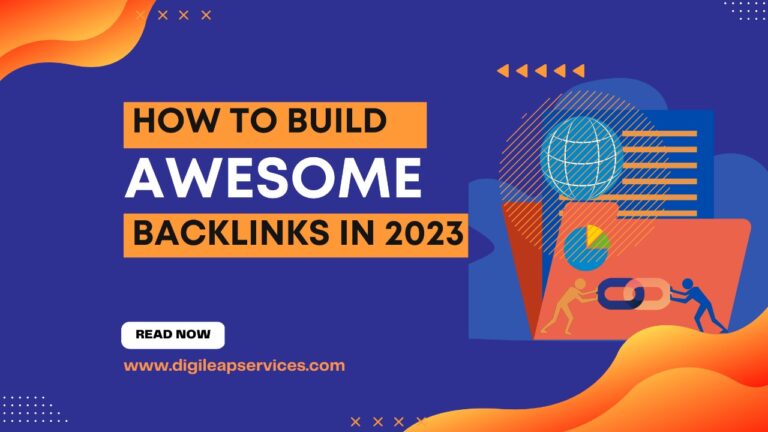Basic Fundamentals of cross-channel digital marketing strategy
Cross-channel marketing uses many marketing channels to create a seamless customer journey for your target demographic. Channels should collaborate to build a connected message that connects one to the other. Marketers can use people-based marketing to build comprehensive profiles that help personalize the customer experience and build loyalty by engaging with consumers at various touch points.
Brands can no longer expect to reach their customers via a single channel. We recognize that customers investigate their problems, find solutions, and examine their purchases across numerous platforms before deciding. That implies that brands must be everywhere simultaneously, appealing to customers across many communication channels at each funnel level. Cross-channel marketing enables brands to reach their customers wherever they are by unifying their approach across channels and platforms. The end effect is increased brand exposure, improved user experiences, and more engagement.
There are more methods than ever to connect and engage with consumers today. Marketers may gain deeper insights by taking a multi-channel approach. Here are a few of the essential advantages of cross-channel marketing:
1. Improve the Customer Journey: A comprehensive view of the customer journey has a considerable influence. It has been demonstrated that holistic, cross-channel campaigns can increase marketing budget efficiencies by 15 to 20% by properly attributing marketing techniques with consumer actions or impact. Furthermore, a survey of 46,000 respondents revealed that 73% of shoppers use more than one channel. As a marketer, you must be present where your consumers and prospects are, keeping in mind that customer journeys span offline and online channels. A severely siloed approach will not provide a clear picture of how customers engage across channels. Marketers must ensure that their campaigns stay intact in an increasingly connected environment. Marketers must instead adopt unified databases, which keep customer data in a single, central location.
2. Increased Participation: Multi-channel clients are highly beneficial to your company; 62% of survey respondents who interact with retailers across 10 or more channels make a purchase once a week or more. Engaging interactions foster emotional connections between consumers and companies, which are frequently the determining element in converting your target audience into brand-loyal customers. Customers connect with companies across many channels; therefore, if you want to generate successful engagement, you must put your brand in front of the customer rather than expecting them to discover you. With direct response marketing, consider employing strategic hashtags to encourage consumers to share your content. Anything that motivates customers to interact with your brand will aid in the development of engagement.
3. Develop a Strong Brand to Foster Better Relationships: Multiple channels increase your visibility, helping you to build a stronger brand and increase client loyalty. Consider Apple: they have physical stores, a well-designed website, TV advertising, and digital ads. They can keep a similar look and message at every touch point by adhering to a consistent brand and style guide. The various channels complement one another; for example, brick-and-mortar stores support the complete Apple ecosystem, and customers are not required to purchase when they visit a physical store. This contributes to creating a full brand experience rather than relying solely on the point of purchase. Each channel works in tandem with the others to create an immersive brand experience.
Cross-channel marketing can be tricky since it takes a basic, simplified consumer journey and turns it into something much more intricate and sophisticated. Initially, conducting a cross-channel campaign necessitates measuring many media channels – and the number of channels is growing. Many brands are falling behind the curve when embracing new platforms, which causes a few typical issues.
Reaching the Right Audiences at the Right Time: With so many marketing channels available, it can be difficult for marketers to choose the best one to reach their target audience at the right moment. With so many possibilities, predicting the ideal location and time to reach customers can be tricky, especially when many of these platforms may be experiencing shifts in both user intent and advertising/marketing capabilities.
Increasing Data Quality for Better Insights: Many businesses struggle with data quality. Approximately 34% of data leaders say they wish to better integrate data insights into their company’s decision-making processes. However, 42% of customer analytics experts report that data quality is their most challenging. The amount of data that businesses collect is constantly increasing, and it’s critical to understand what data is genuinely relevant for improving efficiency and understanding consumer behavior. The higher the data quality, the more accurate the insights, implying that businesses may make more data-driven marketing decisions. Marketers struggle to derive actionable, person-level insights that can use to drive future decision-making without high-quality data.
Choosing the Best Advertising Channels: Choosing the best advertising as most companies struggle with media channels. As it is difficult to understand where and when their target audience spends most of their time. Because not all platforms will reach your target audience, it is critical to understand the consumer on a granular level.
A cross-channel marketing strategy enables businesses to establish a unified customer experience across all marketing platforms. Organizations may now use advanced solutions to do the heavy lifting, allowing them to tweak marketing strategies more finely for continual optimization. Your business can guide its customers through a unified experience that stimulates engagement and drives brand loyalty and retention by regularly assessing campaign success—ensuring that branding and content are coordinated across every touch point throughout a campaign.












